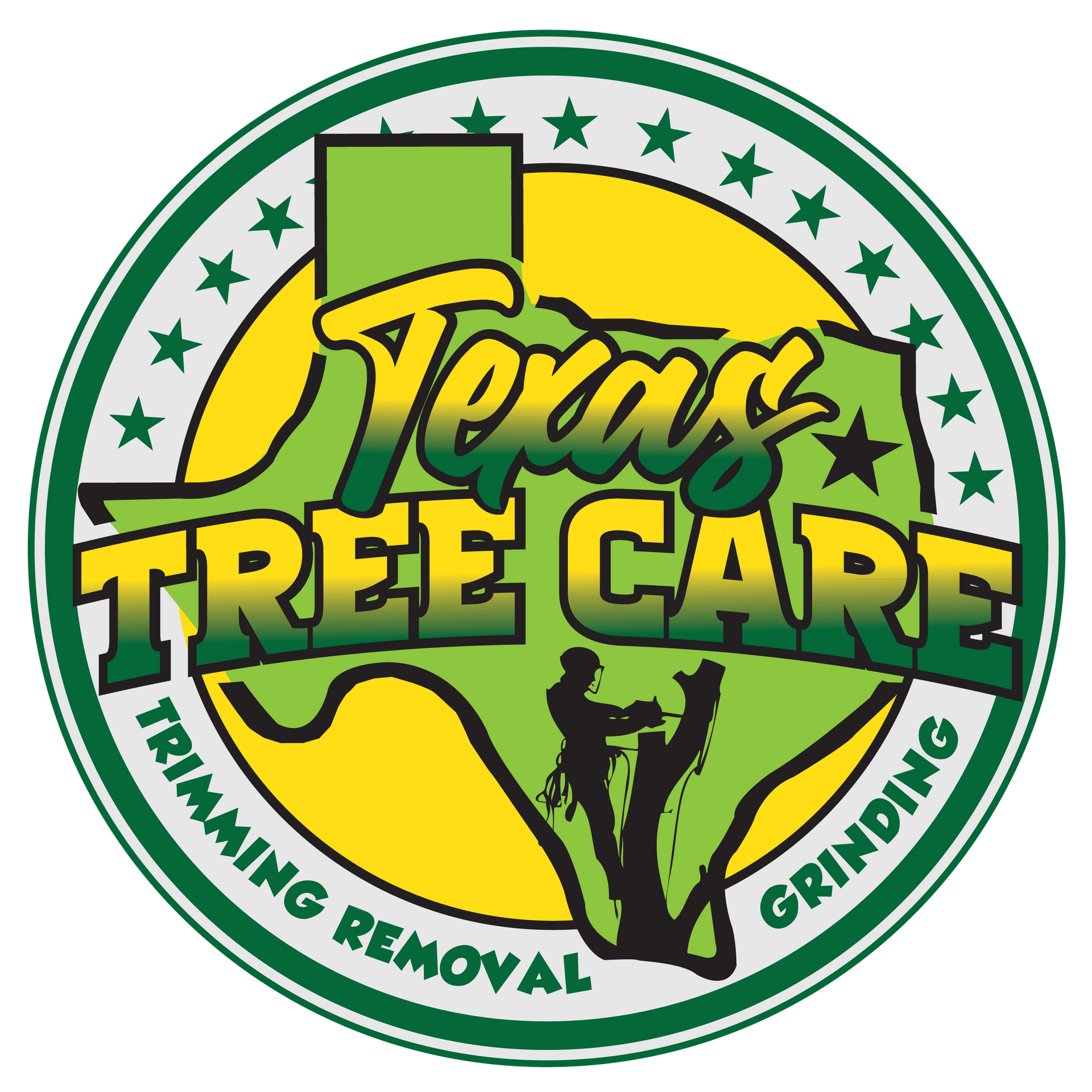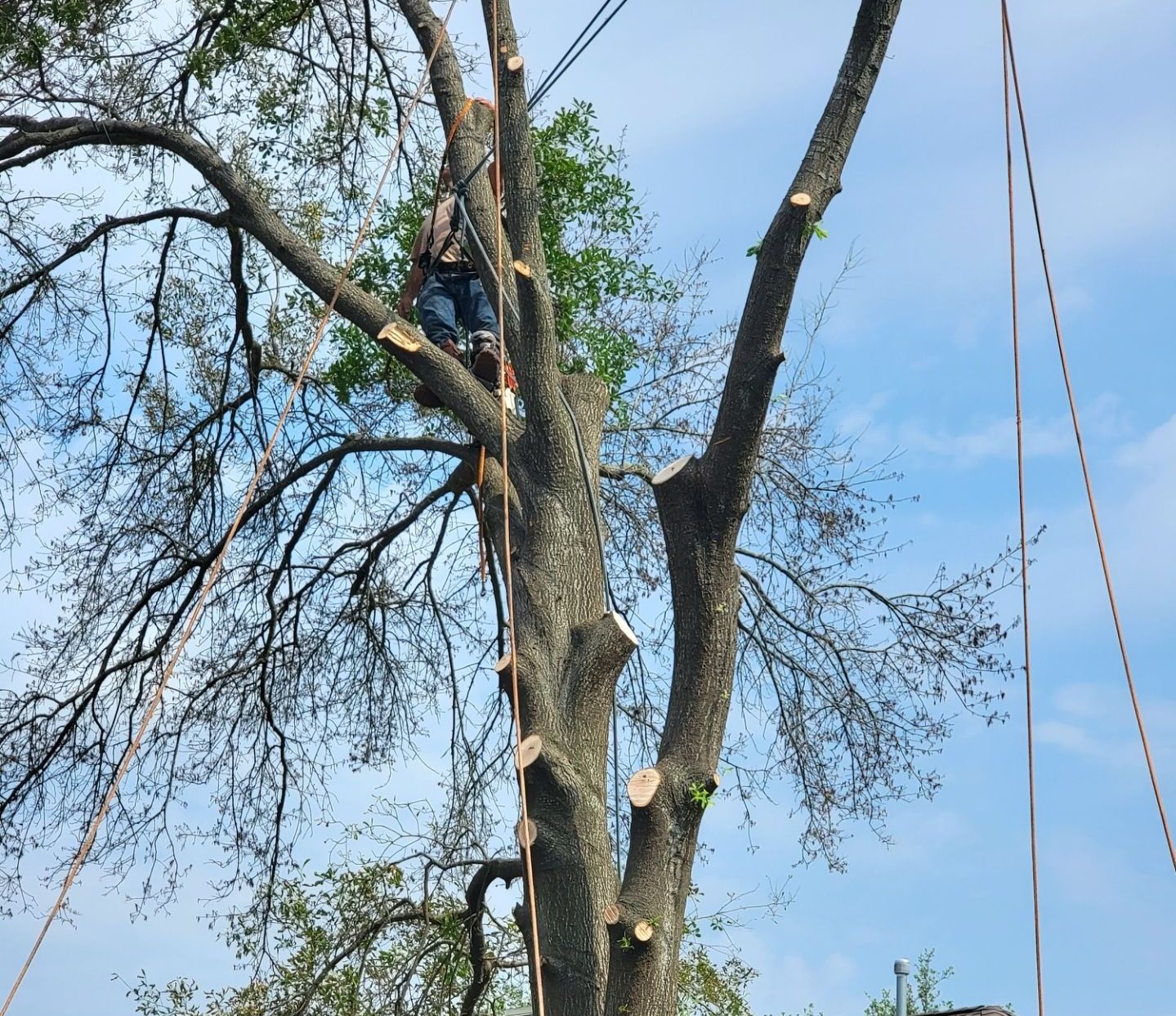Tree Removal Cost: How Much is Tree Removal?
Exploring the Factors That Impact Tree Removal Costs
When it comes to tree removal, one of the most common questions homeowners in the Spring, Texas area ask is, "How much is tree removal?" The cost of tree removal can vary widely depending on various factors, so let's dive into the details to give you a better idea of what to expect when hiring a professional tree removal service like Texas Tree Care in Spring, TX and its surrounding areas such as Houston, TX, The Woodlands, Tomball, TX and more.
| Tree Height | Average Cost Range |
|---|---|
| Small < 10ft | $150 - $300 |
| Medium 10 - 30ft | $300 - $800 |
| Large 30 - 60ft | $800 - $1,600 |
| X-Large 60 - 100ft | $1,800 - $3,500 |
Understanding the Cost of Tree Removal
Tree removal isn't a one size fits all task; it varies greatly depending on several factors. Let's break down the complexity involved in this process.
Tree Size Matters
The size of the tree is one of the most significant determinants of tree removal cost. Larger trees generally require more labor, equipment, and time, thereby increasing the overall expense. On average, small tree removal (under 10 feet) can cost between $150 and $300. Medium-sized trees (10 to 30 feet) can range from $300 to $800, while large trees (30 to 60+ feet) can cost anywhere from $800 to $1,600 or more.
Tree Location
The tree's location also plays a vital role. Trees in confined spaces or near structures require meticulous planning to prevent damage, which can inflate the cost. Expect to pay more if the tree is near a house, power lines, or other structures due to the complexity involved.
Tree Health and Condition
Healthy trees are easier and safer to remove compared to diseased or decaying ones. The condition of the tree affects the complexity of the removal process. On average, the removal of a healthy tree can be less expensive compared to a diseased or dead tree.
Tree Removal Cost Factors
Now that we've established the complexities let's get into the nitty gritty of the cost factors involved in tree removal.
Type of Tree
Different types of trees demand different removal techniques. Hardwood trees, for instance, may require more effort than softwood ones, impacting the cost. The type of tree you need to remove can affect the cost, so it's important to discuss this with your tree removal service.
Height of the Tree
Taller trees, as expected, are pricier to remove. The height influences the choice of equipment and safety precautions necessary for the task. Expect to pay more for taller trees, with costs increasing with height.
Diameter and Girth
The diameter and girth of a tree trunk determine the equipment needed. Thicker trunks require more robust machinery, leading to higher costs. If your tree has a particularly wide trunk, this can add to the removal cost.
Accessibility
Easy access to the tree can significantly reduce removal costs. Trees in remote or challenging to reach locations may require specialized equipment, increasing expenses. Consider the location of your tree and its accessibility when budgeting for removal.
Tree Debris Removal
Once the tree is down, there's the matter of dealing with the debris. Clearing and disposing of branches, logs, and stump grinding add to the overall cost. The extent of debris and stump removal required will affect the final bill.
Additional Considerations
In addition to the primary cost factors, there are a few other aspects to keep in mind.
Permits and Regulations
Some areas may require permits for tree removal. Compliance with local regulations can involve additional expenses. Check with your local authorities to understand any permitting requirements in your area.
Emergency Tree Removal
If a tree poses an immediate danger, emergency removal may be necessary, often incurring higher costs due to the urgency. Emergency removals typically cost more, but they are essential for safety reasons.
Seasonal Variations
Tree removal costs can fluctuate seasonally. Winter months, for example, might offer cost savings due to reduced demand. Consider the time of year when planning your tree removal to potentially lower costs.
Final Thoughts
Understanding the cost of tree removal is crucial when making decisions about the removal of trees on your property. By considering factors such as tree size, location, health, and accessibility, you can better estimate the potential cost. In conclusion, tree removal costs in the Spring, TX area, can vary widely depending on several factors. For the most accurate estimate, it's best to consult with a professional tree removal service like Texas Tree Care, who can assess your specific needs and provide a detailed quote tailored to your situation.
Tree Removal FAQs
Is tree removal covered by insurance?
In most cases, insurance does not cover tree removal unless the tree has fallen on a structure and caused damage. It's essential to check your policy for specific details.
Can I remove a tree on my own?
While it's possible to remove small trees on your own, larger trees can be dangerous without the right equipment and expertise. It's recommended to hire a professional for safety.
What is the best time for tree removal?
Late fall and winter are often the best times for tree removal as trees are dormant, making the process safer and potentially more affordable.
Can I replant a tree after tree removal?
Yes, you can replant a tree in the same location or elsewhere on your property once the old tree has been removed and the stump has been grinded. Although we recommend planting to the side of the previous tree as their is still traces of tree stump left behind below the surface.




